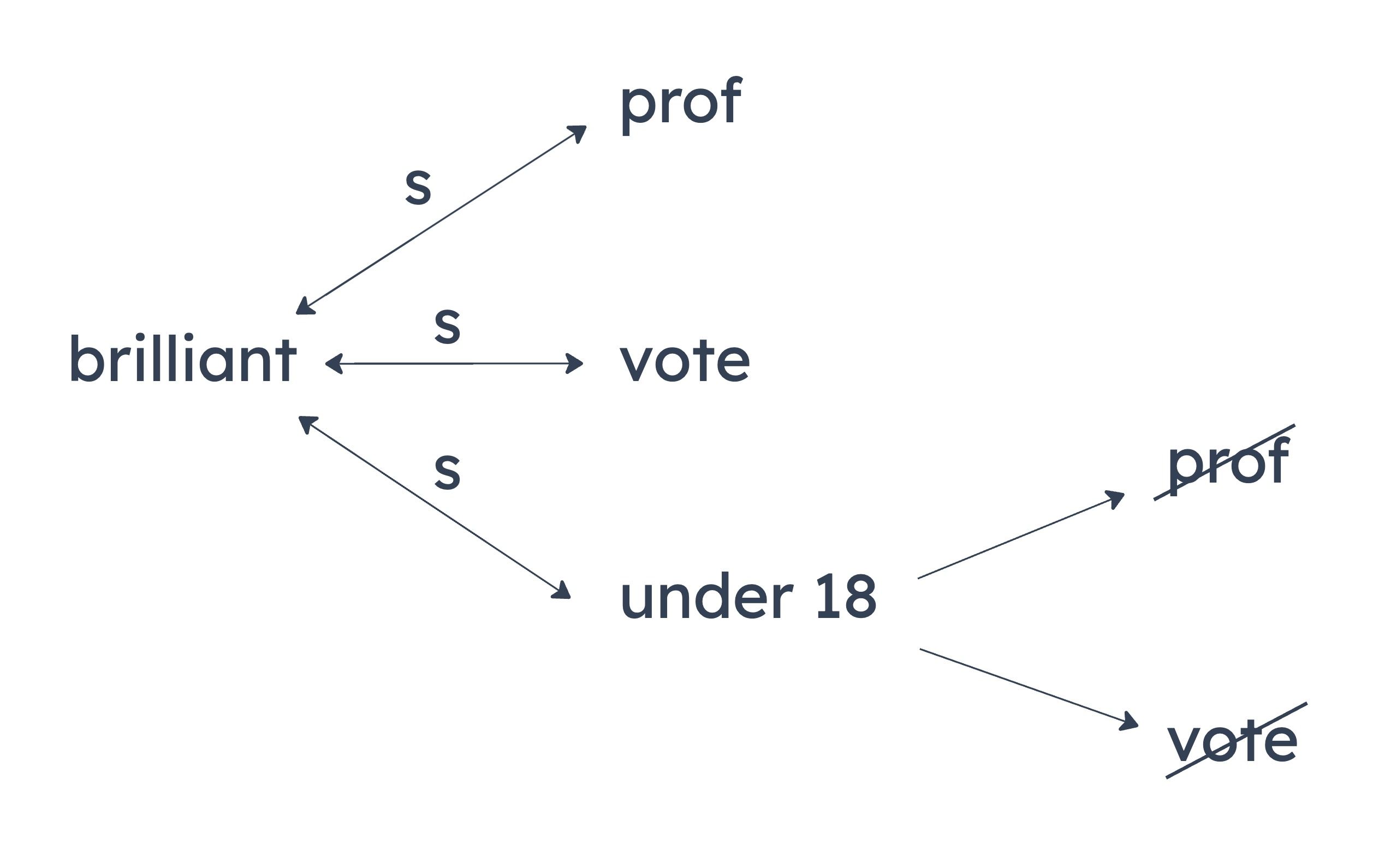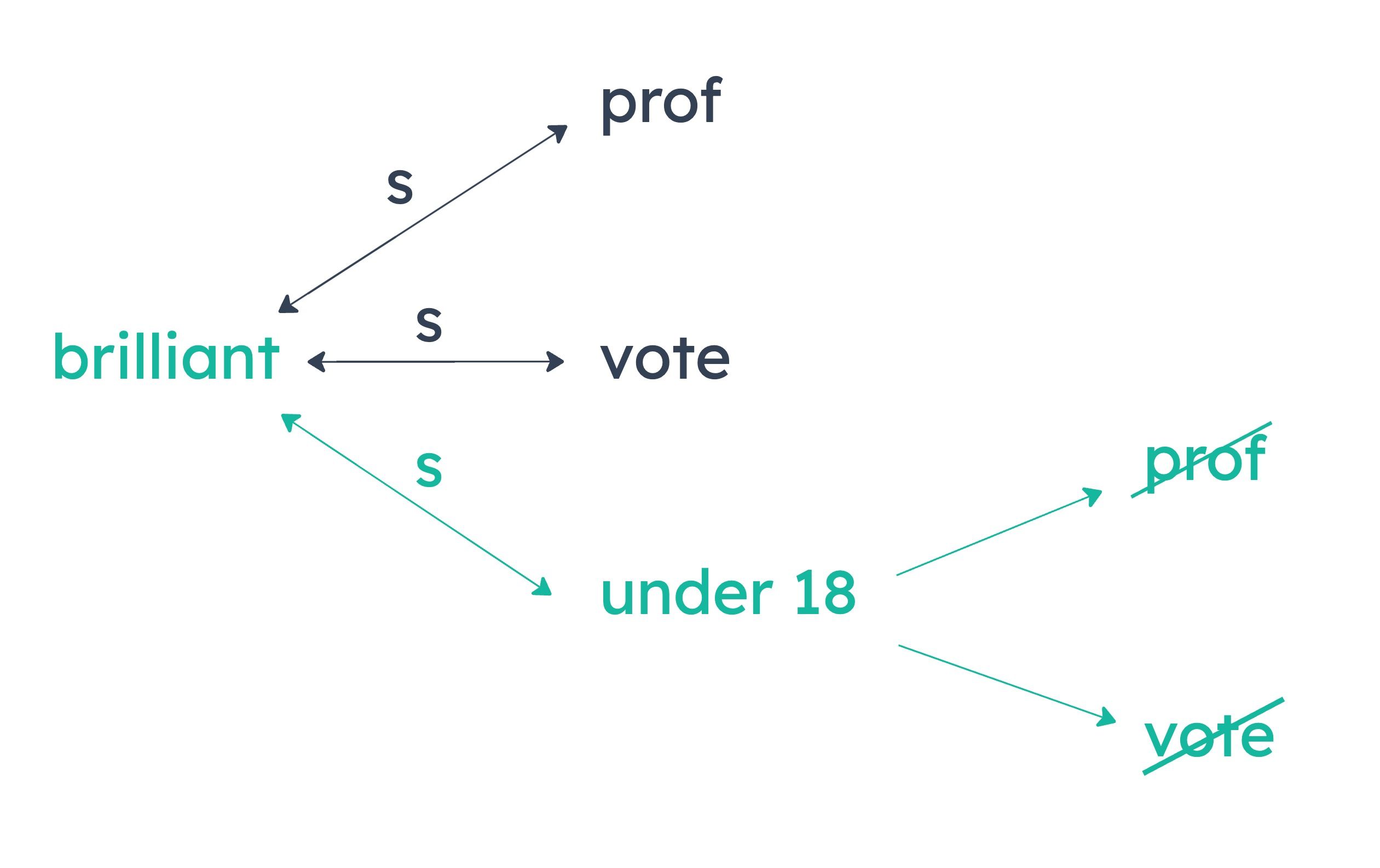Summary
Special cotton from green/brown fibers havae been around since 1930s. Only recently, this special cotton became commercially feasible when a long-fibered kind that can be spun by machine came about. This long-fibered kind doesn’t need to be dyed, which is why processing plants don’t need to spend money on dyeing. In addition, since the long-fibered variety doesn’t need to use dyes, plants don’t need to get rid of leftover dye from processing, which avoids some ecological damage.
Very Strongly Supported Conclusions
There’s no obvious conclusion to draw from these facts. I’d go into the answers thinking, “There are at least some advantages to the long-fibered variety of cotton from green/brown fibers over the non-long-fibered variety of that cotton.” But the correct answer could be unexpected.
A
It is ecologically safer to process long-fibered cotton than short-fibered cotton.
We know that the long-fibered green/brown cotton doesn’t have a certain ecological risk (because it doesn’t require dyes). But this doesn’t extend to long-fibered cotton that isn’t green/brown. We don’t know about ecological risks of other kinds of long cotton.
B
Green and brown cottons that can be spun only by hand are not commercially viable.
Strongly supported, because the green/brown cotton “only recently” became commercially feasible, and this happened after a variety that could be machine-spun “finally” came about. This suggests that before a machine-spun version came about, it wasn’t commercially viable.
C
Hand-spun cotton is more ecologically safe than machine-spun cotton.
We don’t get a comparison concerning ecological damage between machine-spun vs. hand-spun cotton. All we know about ecological risk is that if you don’t have to use dyes, you avoid at least one ecological risk.
D
Short-fibered regular cottons are economically competitive with synthetic fabrics.
We don’t get any comparison between short-fibered cottons and synthetic fabrics.
E
Garments made of green and brown cottons are less expensive than garments made of regular cotton.
We know that processing plants don’t need to spend on dyes for creating green/brown cotton. This doesn’t suggest that clothes from green/brown cotton are less expensive, however. There are many other costs that go into clothing; we can’t go from the lack of one specific cost with respect to the cotton to a claim about overall cost of clothing from the green/brown cotton compared to other clothing.
Summary
The ratio of cartilage mass to body mass is the % of an animal’s mass that is made of up cartilage. This % is higher for sharks than it is for any other organism.
Sharks have a greater resistance to cancer than any other organism.
Shark cartilage has a substance that inhibits tumor growth.
In the past 20 years, the response of terminal cancer patients to eating shark cartilage has been therapeutically better or as good as any other response of those patients to other treatments.
Sharks have a greater resistance to cancer than any other organism.
Shark cartilage has a substance that inhibits tumor growth.
In the past 20 years, the response of terminal cancer patients to eating shark cartilage has been therapeutically better or as good as any other response of those patients to other treatments.
Notable Valid Inferences
There’s no clear inference to draw. I’d rely on process of elimination to identify which answer must be false.
A
No organism resists cancer better than sharks do, but some resist cancer as well as sharks.
Must be false. We know sharks have a greater resistance to cancer than any other organism. So it’s impossible for some organisms to resist cancer as well as sharks.
B
The organism most susceptible to cancer has a higher percentage of cartilage than some organisms that are less susceptible to cancer.
Could be true. We know about how sharks’ cartilage ratio compares to other animals. But we don’t know about how one non-shark animal’s cartilage ratio compares to another non-shark animal.
C
The substance in shark cartilage that inhibits tumor growth is found in most organisms.
Could be true. Sharks have a substance that inhibits tumor growth, but most other animals could have this, too. Sharks may just have more of this substance than other animals.
D
In the past 20 years many terminal cancer patients have improved dramatically following many sorts of therapy.
Could be true. Many therapies can help patients. Eating shark cartilage works as well or better than those therapies, though.
E
Some organisms have immune systems more efficient than a shark’s immune system.
Could be true. The stimulus doesn’t tell us about the efficiency of a shark’s immune system. We know about resistance to cancer, but that doesn’t guarantee anything about overall immune system efficiency.
Summary
The stimulus can be diagrammed as follows:


Notable Valid Inferences
Some brilliant people are not professors.
Some brilliant people cannot legally vote.
Some brilliant people cannot legally vote.
A
No professors are eighteen-year-olds.
Could be false. Some professors could be eighteen-year-olds. We know that no professors are under eighteen, but this leaves room for the possibility that some professors are exactly eighteen.
B
All brilliant people are either professors, legal voters, or under eighteen.
Could be false. We know that some brilliant people are professors, legal voters, and/or under eighteen. But this may not be an exhaustive list. There could be brilliant people out there who are none of these three things.
C
Some legal voters are not professors.
Could be false. It’s possible that all legal voters are professors. The only things we can say for sure about legal voters are that some of them are brilliant people, and none of them are under eighteen.
D
Some professors are neither legal voters nor brilliant people.
Could be false. It’s possible that all professors are either legal voters or brilliant people, or both. The only things we can say for sure about professors are that at least some of them are brilliant people, and none of them are under eighteen.
E
Some brilliant people are neither professors nor legal voters.
Must be true. Some brilliant people are under eighteen, meaning they are not professors and cannot legally vote.

Summarize Argument
The author concludes that pollution is not eliminating many amphibian species every year. This is based on the fact that last year, biologists have learned that there are many more species of amphibians in existence than had previously been known.
Identify and Describe Flaw
The fact that we have discovered additional amphibian species doesn’t relate to whether pollution is killing amphibian species. Discovery of amphibian species doesn’t mean that there’s been an actual increase in the species that exist. So pollution can be killing amphibian species even as we are discover new species that we didn’t know about.
A
kinds of things and the things that are of those kinds
“Kinds of things” refers to different kinds of amphibians. “Things that are of those kinds” refers to examples of the kinds of amphibians. The author doesn’t confuse these two. The confusion relates to learning about new species vs. an actual increase in the number of species.
B
a condition necessary for a phenomenon and one that is sufficient for it
The author’s argument doesn’t rely on conditional reasoning, so there’s no confusion of necessary and sufficient conditions.
C
a cause and an effect
The author doesn’t conclude that one thing causes another, so the flaw doesn’t concern a reversal of cause and effect.
D
a correlation between two phenomena and a causal relationship between them
The author doesn’t conclude that one thing causes another, so the flaw doesn’t concern going from correlation to cause.
E
changes in our knowledge of objects and changes in the objects themselves
The author confuses changes in our knowledge of the number of amphibian species with changes in the number of amphibian species. The author mistakenly thinks our discovery of new species indicates that pollution isn’t killing species.